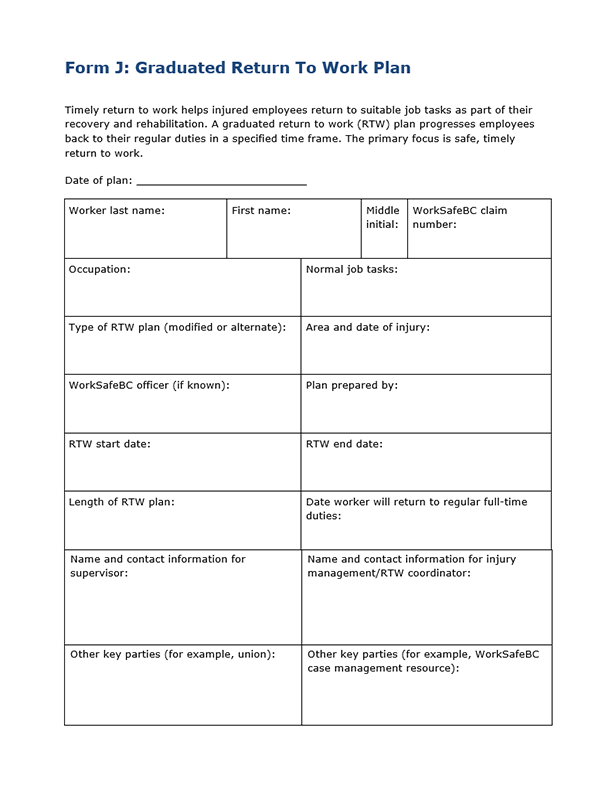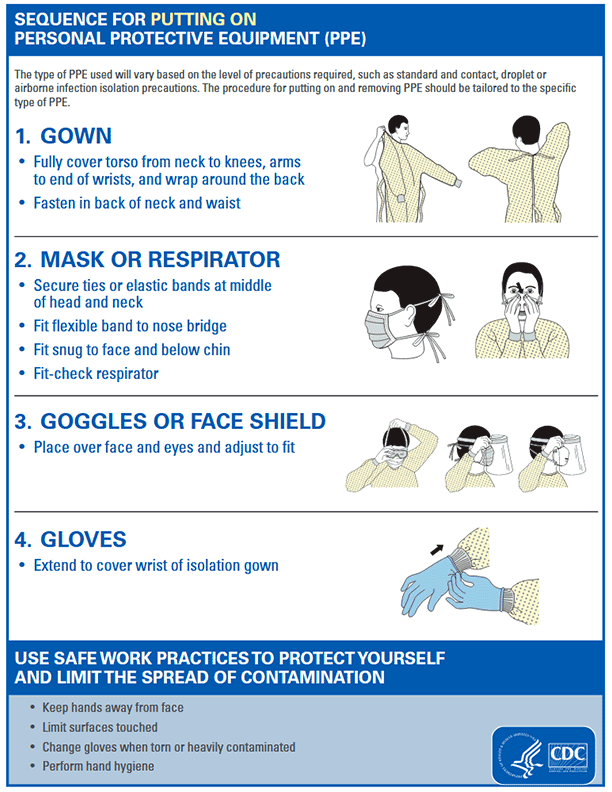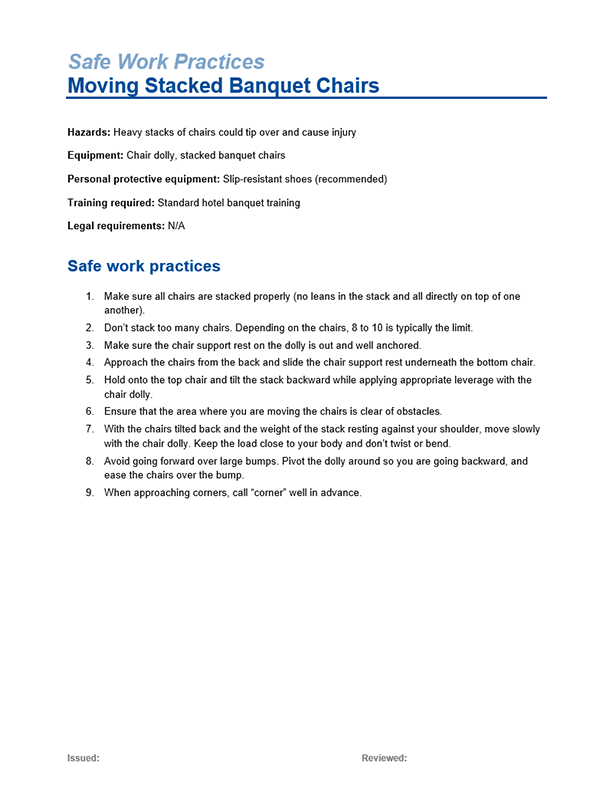February 28, 2025
Employer
As an employer, you are responsible for introducing an occupational and psychological health and safety program, while modelling appropriate behaviours. Employers also need to:
- Provide health and safety training for workers
- Provide training and support for managers and supervisors so they can safely carry out their duties
- Keep an eye out for unsafe behaviours or conditions, and fix them immediately if they arise
- Supply adequate first aid equipment
- Report work-related injuries or illnesses requiring medical attention, including psychological illnesses, to WorkSafeBC
- Investigate incidents that cause injury, illness, or equipment damage
- Suggest modified work options for workers recovering from illness or injury
- Provide workers and teams who are psychologically injured or exposed to psychosocial hazards with critical incident response services post-incident and other psychological support as needed
- Ensure contractors and subcontractors have up-to-date coverage with WorkSafeBC
Supervisors
Supervisors, or anyone in charge of a group of people or area of work, are responsible for protecting the health and safety of their team members. Supervisors need to:
- Correct unsafe behaviours or work conditions
- Warn workers of any health and safety hazards in the workplace, either physical or psychological
- Make sure workers use personal protective equipment (PPE), if necessary
Workers
Workers have a duty to protect their own, and others’, health and safety by following safe work procedures. Workers need to:
- Report unsafe behaviours, work conditions, or substandard equipment to supervisors
- Use PPE and make sure it stays in good condition
- Participate in inspections and investigations
- Report injuries or illnesses to supervisors
- If absent from work due to injury or illness, collaborate with doctors and workplace management on a return-to-work plan, possibly with modified hours or duties
Workers also have certain rights when it comes to their health and safety – including the right to refuse unsafe work.
When everyone plays their part and fulfils their obligations, safe and healthy workplaces thrive!
For more information:
- Roles, Rights & Responsibilities (WorkSafeBC)
- Psychological health and safety: A framework for success (WorkSafeBC)
- Workers Compensation Act, sections 21-30, General Duties of Employers, Workers and Others
- Contractors and Subcontractors (WorkSafeBC)


